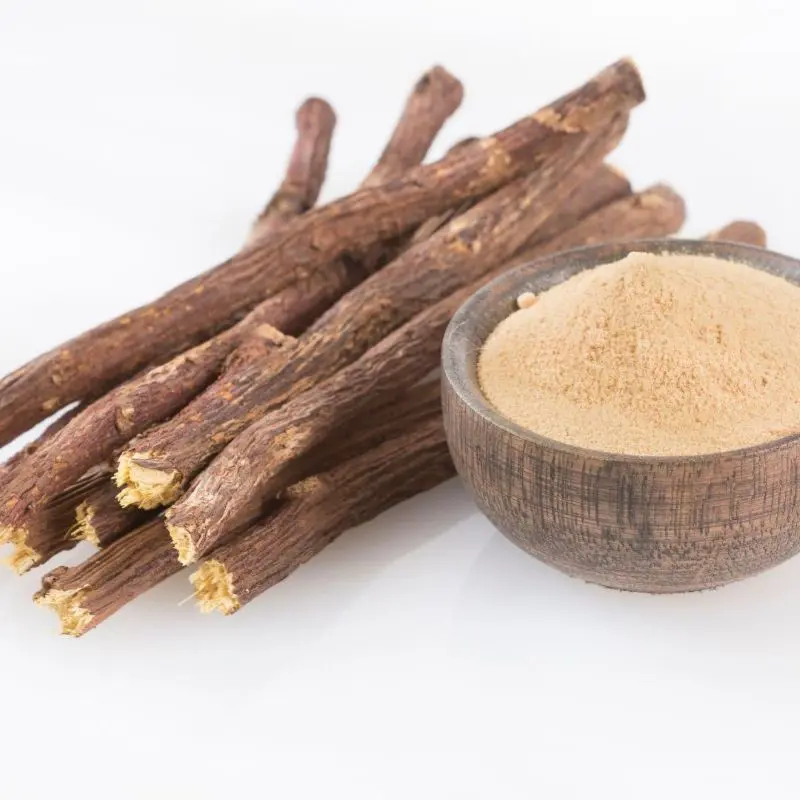20 Omega-3 Powerhouses for a Healthy Heart, Brain, and Body
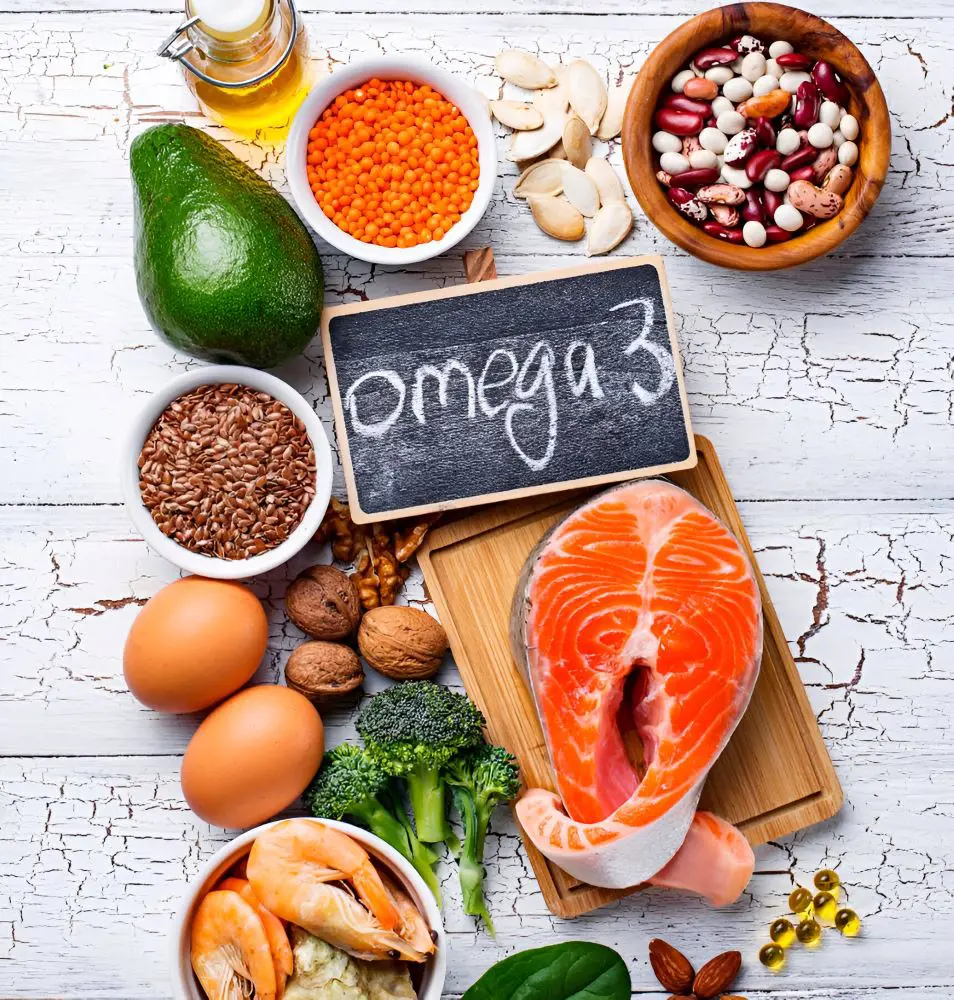
This post may contain affiliate links. If you make a purchase through links on our site, we may earn a commission.
Omega-3 is one of the most researched and highly suggested fats throughout every kind of dietary choice. It is described as polyunsaturated fatty acids essential for the human body as our body is not capable of producing it on its own.
There are three different types of healthy fats: EPA, DHA, & ALA. They are known to minimize the risk of heart disease, control inflammation, reduce the symptoms of depression, and others.
Here are 20 Omega-3 powerhouses for a healthy heart, brain and body:
1. Salmon

Salmon contains a high level of omega-3 fatty acids and serves many health benefits to human health. Salmon consists of a rich quality of protein and different nutrients, such as a huge amount of vitamin D, selenium, and Vitamin B.
Research has shown that those who consume Salmon on a regular basis have with lower chance of contracting heart disease, dementia, and depression. 100 grams of Salmon has about 2,150 milligrams of EPA and DHA combined.
2. Mackerel
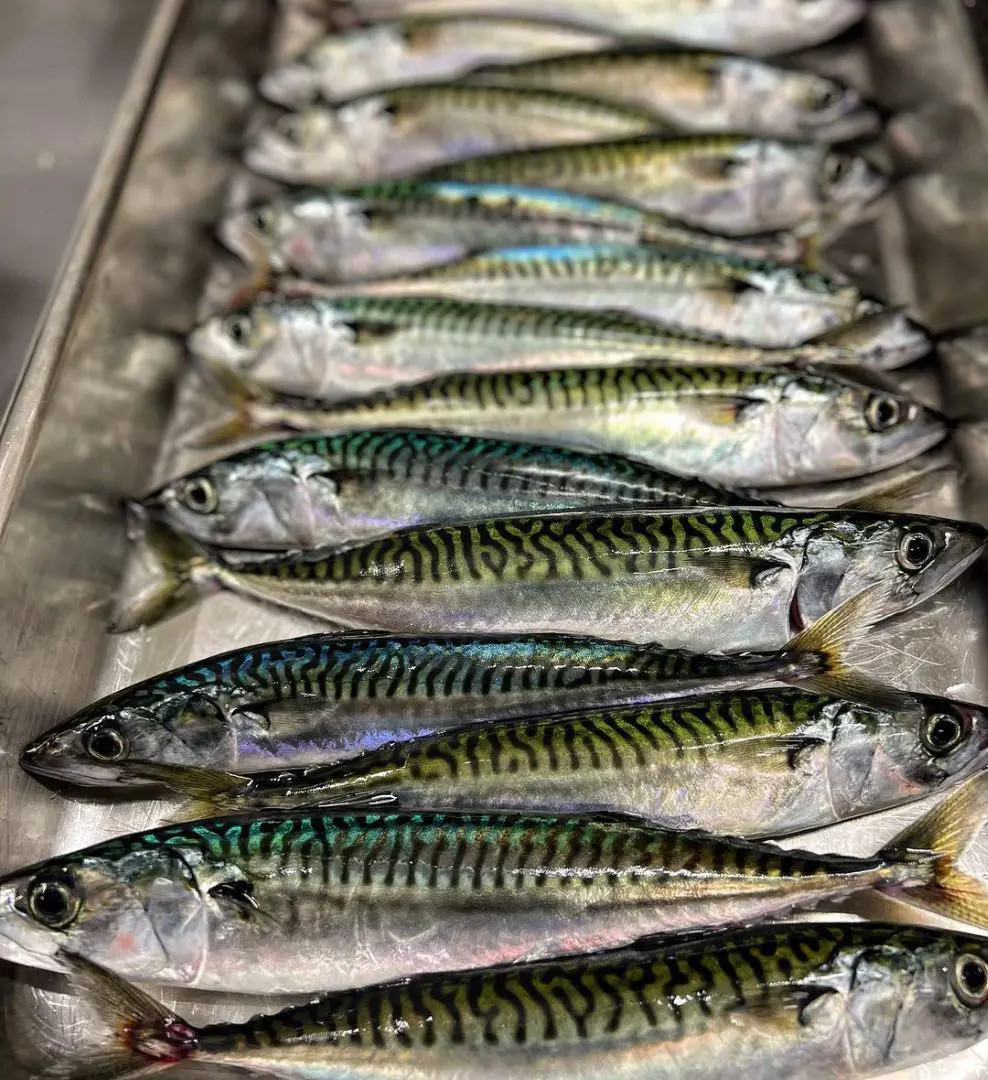
Mackerel is another fish that is an important source of fatty acid. They are small fatty fish, popularly consumed as a whole after they are smoked. Mackerel is also high in other nutrients such as Vitamin B12 and selenium.
Apart from that, the minerals such as iron, magnesium, and phosphorus content present in the fish are helpful in minimizing the growth of cancerous cells. 100 grams of Mackerel contains 4,580 milligrams of EPA AND DHA together.
3. Cod Liver Oil
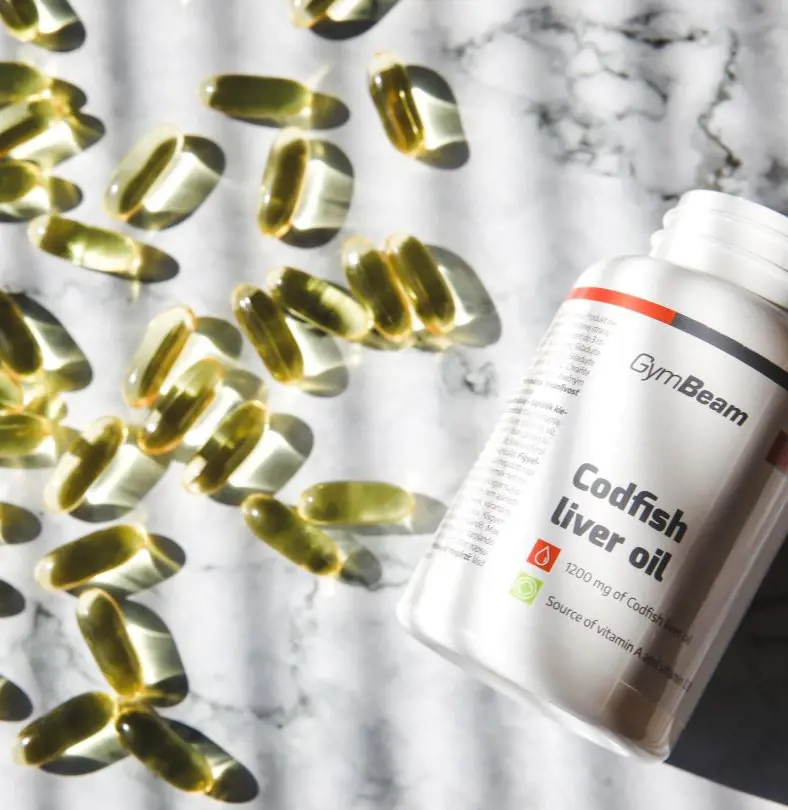
Cod Liver Oil is the oil that retrieves the fat from a codfish liver. It is a supplement rather than a food. They usually come in capsule form and are loaded with Omega-3 and other vitamins like A and D useful for promoting healthy eyes and a well-functioning brain.
The Vitamin D present helps in calcium absorption, which eventually helps in bone health. A single spoon of Cod liver oil contains 2,438 milligrams of EPA and DHA combined.
4. Herring
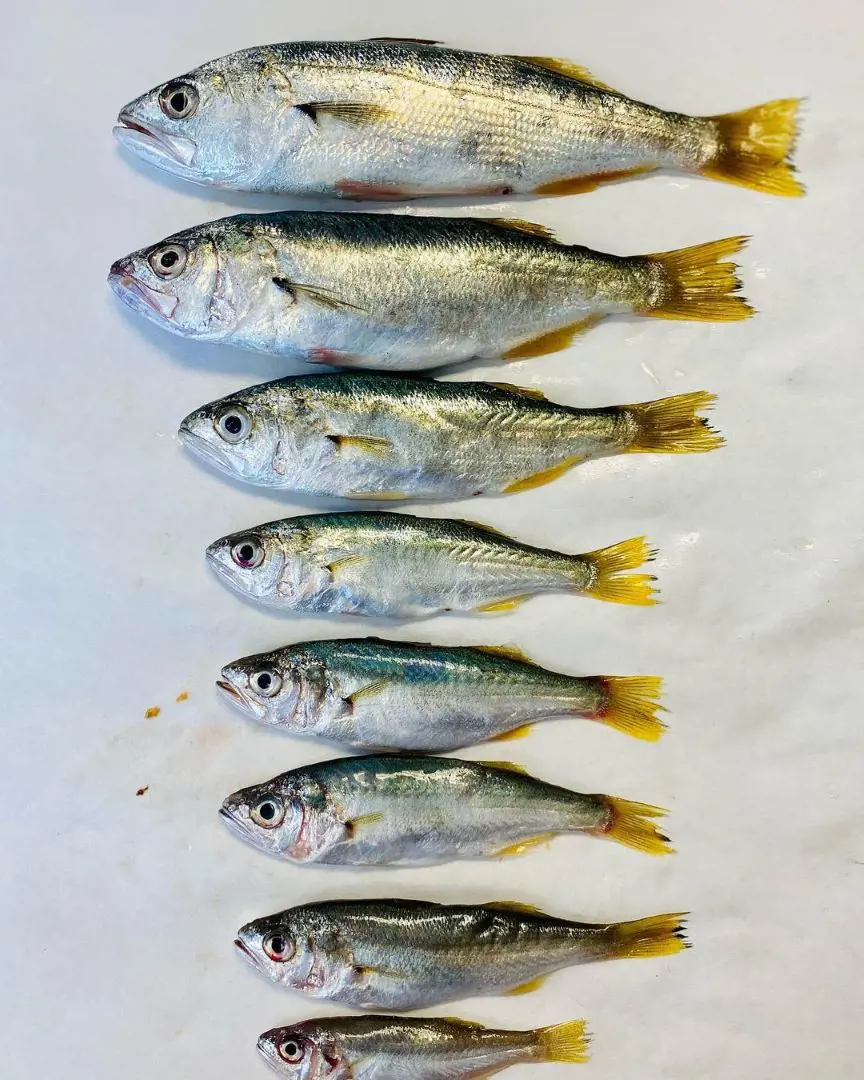
Herring is another powerhouse of Omega-3 that is also known as ‘silver darlings.’ This fish is recommended by the FDA to be eaten at least three times a week due to its nutritional value. Fresh herring has the maximum benefits, but canned herring is no less since they are also loaded with antioxidants.
The most popular ways of eating herring is cold-smoked, pickled, or half-cooked and served in cans. 100 grams of herring includes 2,150 milligrams of EPA and DHA combined.
5. Oysters
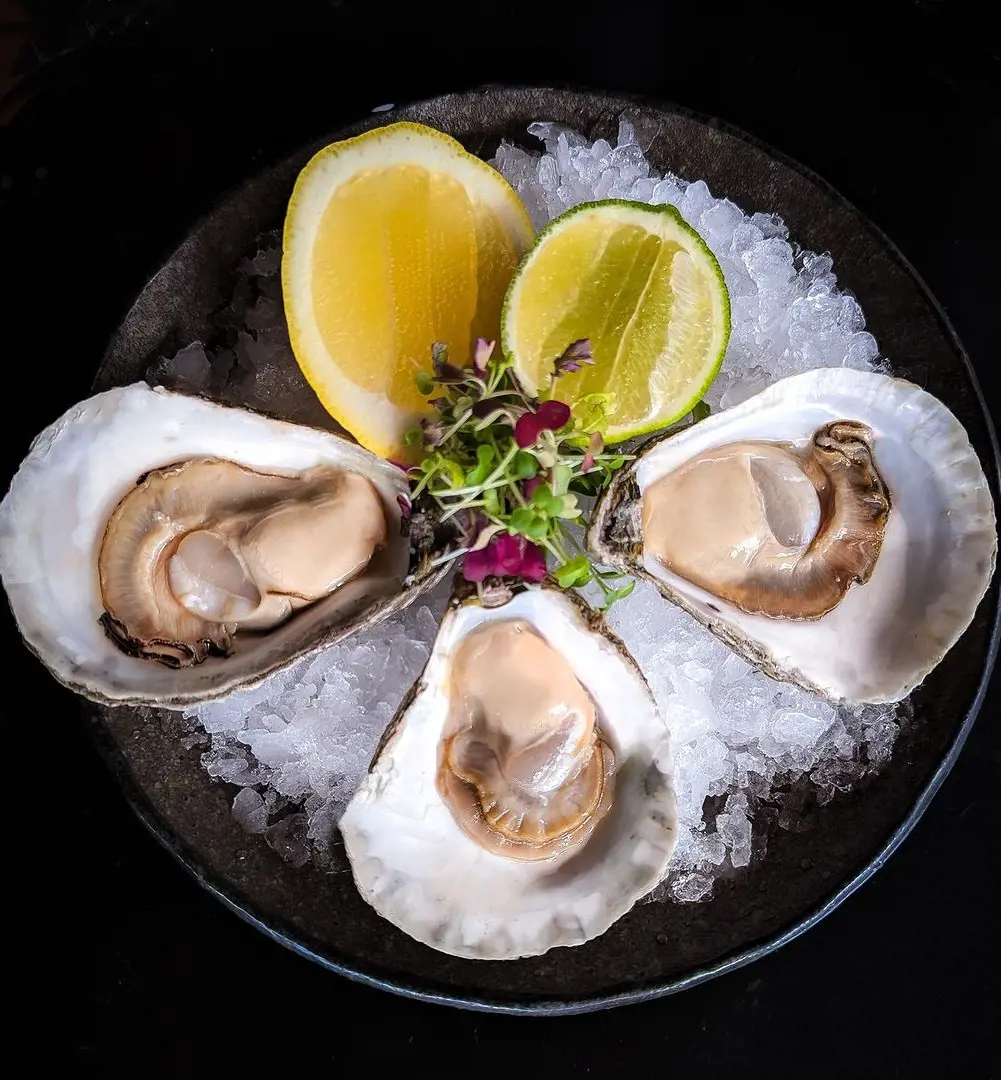
Oysters or shellfish are abundant in other nutrients like zinc, manganese, copper, phosphorus, copper, and vitamin B12. The antioxidants and vitamins that are present in higher amount makes oysters a greater choice for older people in repairing their bone health.
Studies say that frequent consumption of this food may reduce the risk of osteoporosis and manage blood sugar levels. 100 grams of oysters contain 391 milligrams of EPA and DHA together.
6. Sardines

Sardines are small, silver oily fish often eaten as an appetizer or snack. This fish includes almost every nutrient needed by the human body.
Great source of calcium, vitamin D, B12, and selenium, Sardines when consumed on a daily basis improve bone health, minimize the chance of contracting acute inflammation diseases, and help control depression. 100 grams of sardines includes 1,463 milligrams of EPA and DHA.
7. Anchovies
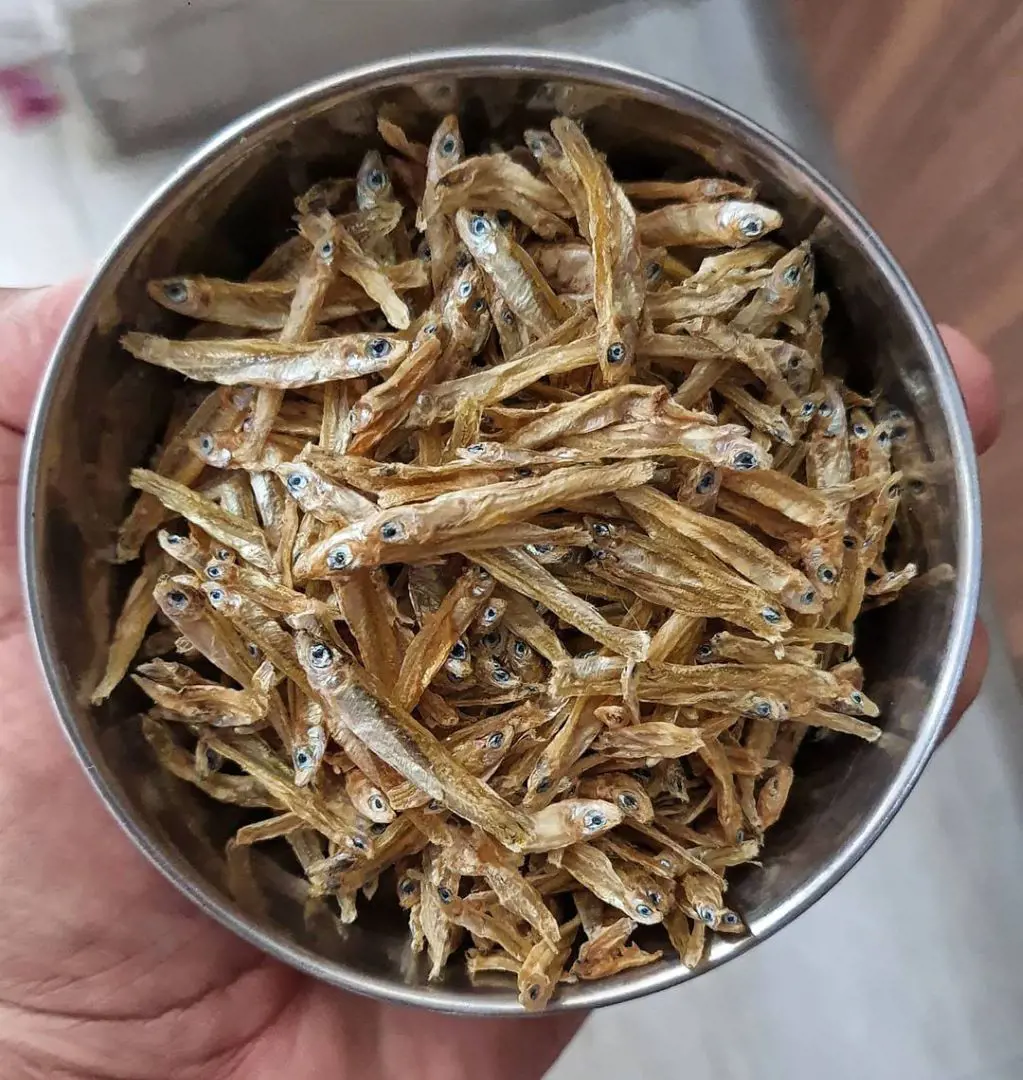
Anchovies are tiny small fish that are usually available either in dried or canned form. Apart from being one of the top foods rich in Omega-3 fatty acids, Anchovies are an excellent source of calcium, selenium, vitamin A, B12, and many others.
Consumption of this fish helps to restore muscle tissue and level up metabolism. Further, it lays protection from thyroid and Alzheimer’s. 100 grams of Anchovies contains 411 milligrams of EPA and DHA fatty acids.
8. Caviar

Caviar includes the eggs of fish or its roe. This food is termed as one of the most luxurious and expensive foods. They are eaten in small quantities just like a taster, garnish, or appetizer. Caviar is a rich source of Omega-3 and a decent source of choline.
100 grams of caviar has 1,046 milligrams of (EPA) and (DHA) combined. This food is known for its health benefits like controlling atherosclerosis and rickets and also enhancing eye functions and heart health.
9. Flaxseed
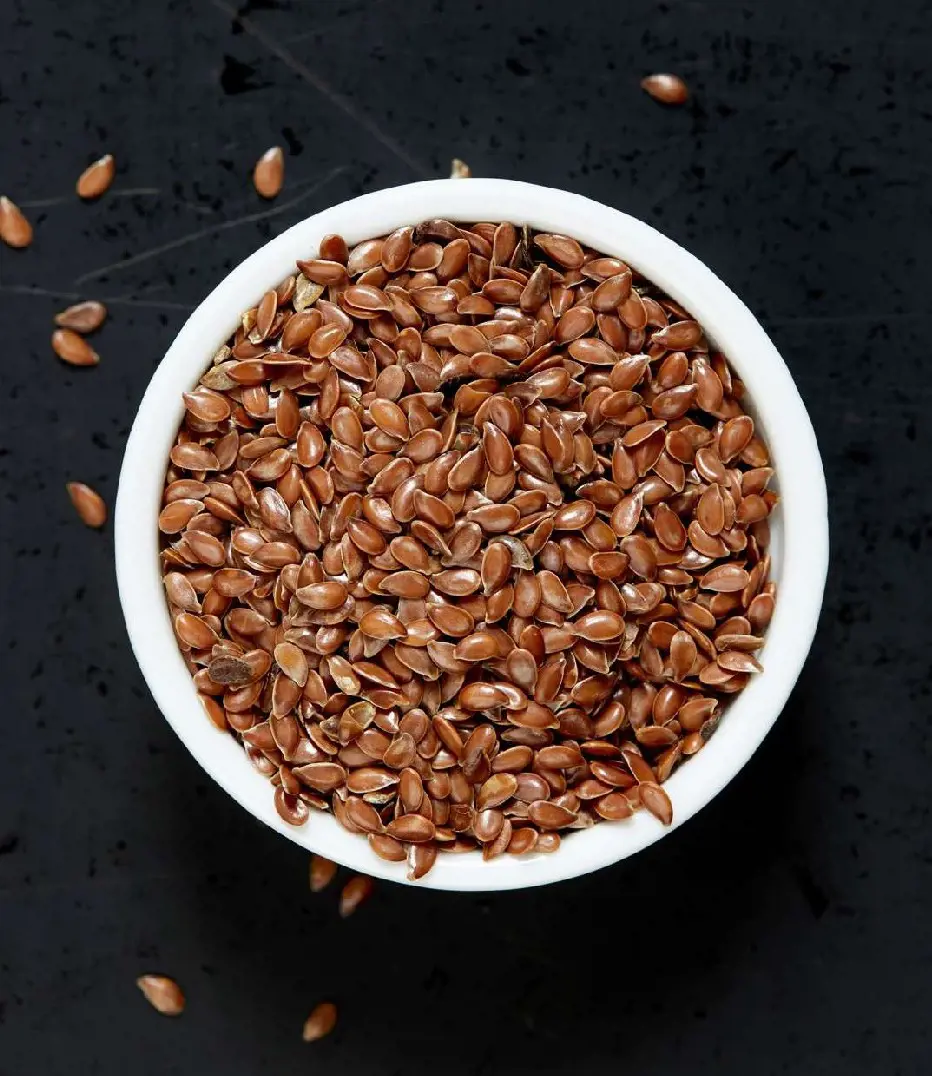
Flaxseeds are small brown- or yellow-colored seeds that have the richest omega-3 fat alpha-linolenic acid (ALA). As a result, flax seed oil is quite often used as a supplement. Flax seeds are also a great food for fiber, magnesium, and various other nutrients.
It is better to consume ground flaxseed because it is difficult for the intestine to break down the outer shells of flaxseed. One tablespoon of whole flaxseed contains 2,350 milligrams of ALA.
10. Chia Seeds
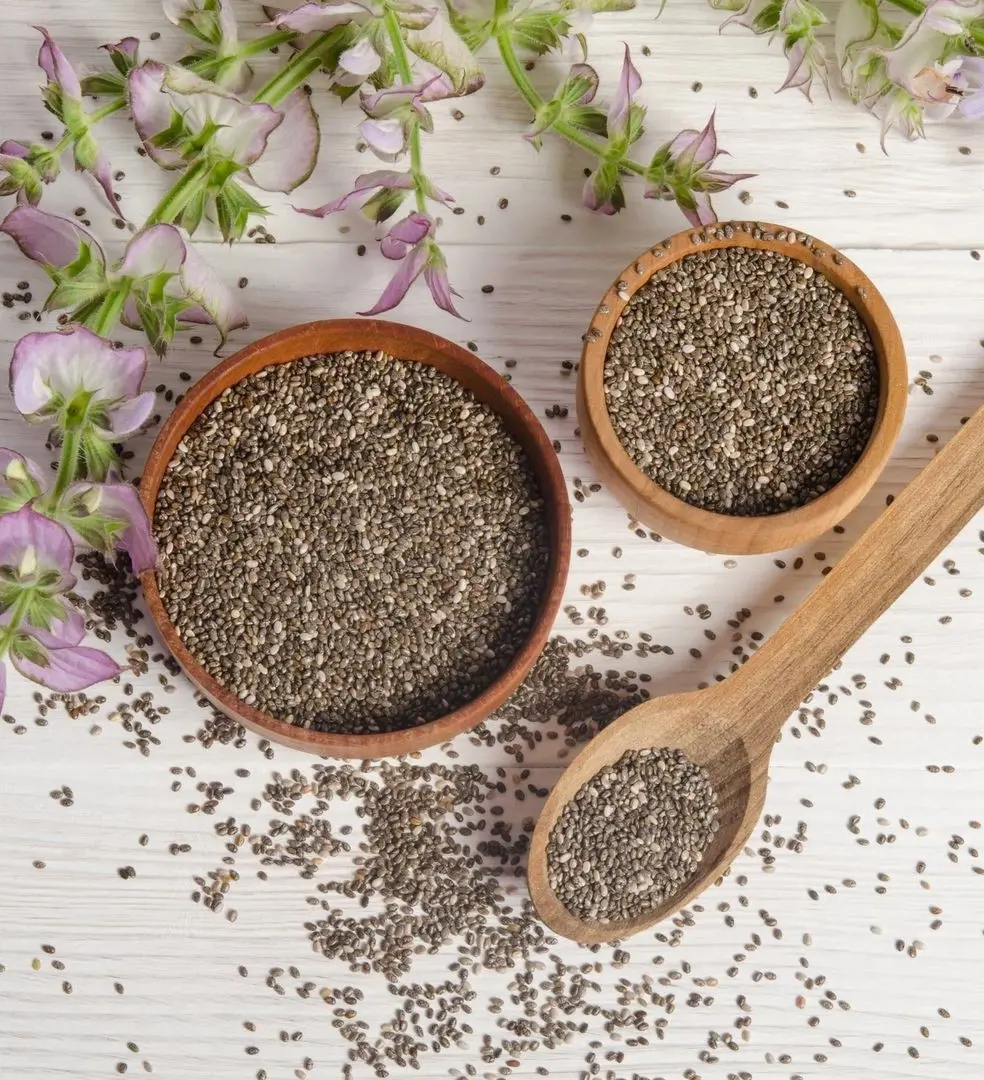
Chia seeds are amazingly nutritional and rich in manganese, selenium, magnesium, and other nutrients. Chia seeds contain amino acids and they are related to minimizing high blood pressure, supporting good heart health, and managing blood sugar levels.
Chia seeds can be eaten in many different ways. Chia pudding is a famous breakfast made with chia seeds, and milk and topped with fruits and honey. One tablespoon of chia seeds includes 5,050 mg of ALA.
11. Walnuts
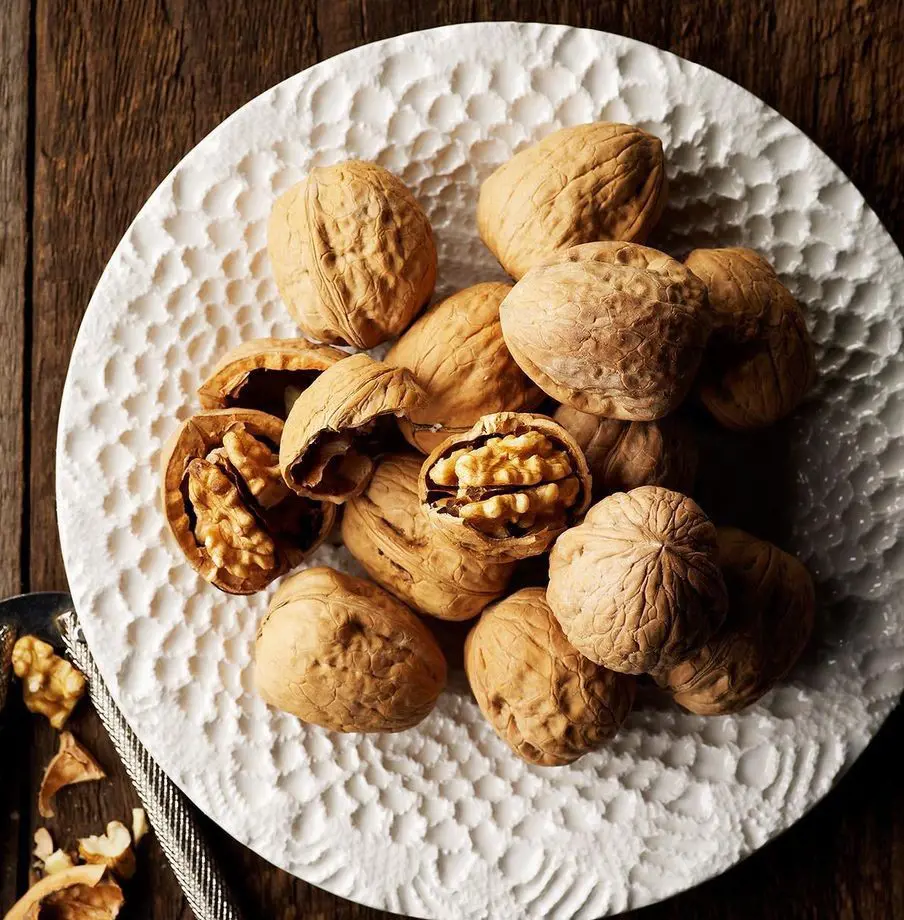
Walnuts are nutritional nuts filled with fiber. They also include high scales of copper, manganese, and vitamin E, along with crucial plant elements. It is recommended to consume walnuts with its skin, as it is loaded with walnut phenol antioxidants, excellent for health.
100 grams of walnut provides 6,280 milligrams of omega-3 fatty acid in the form of ALA.
12. Soybeans
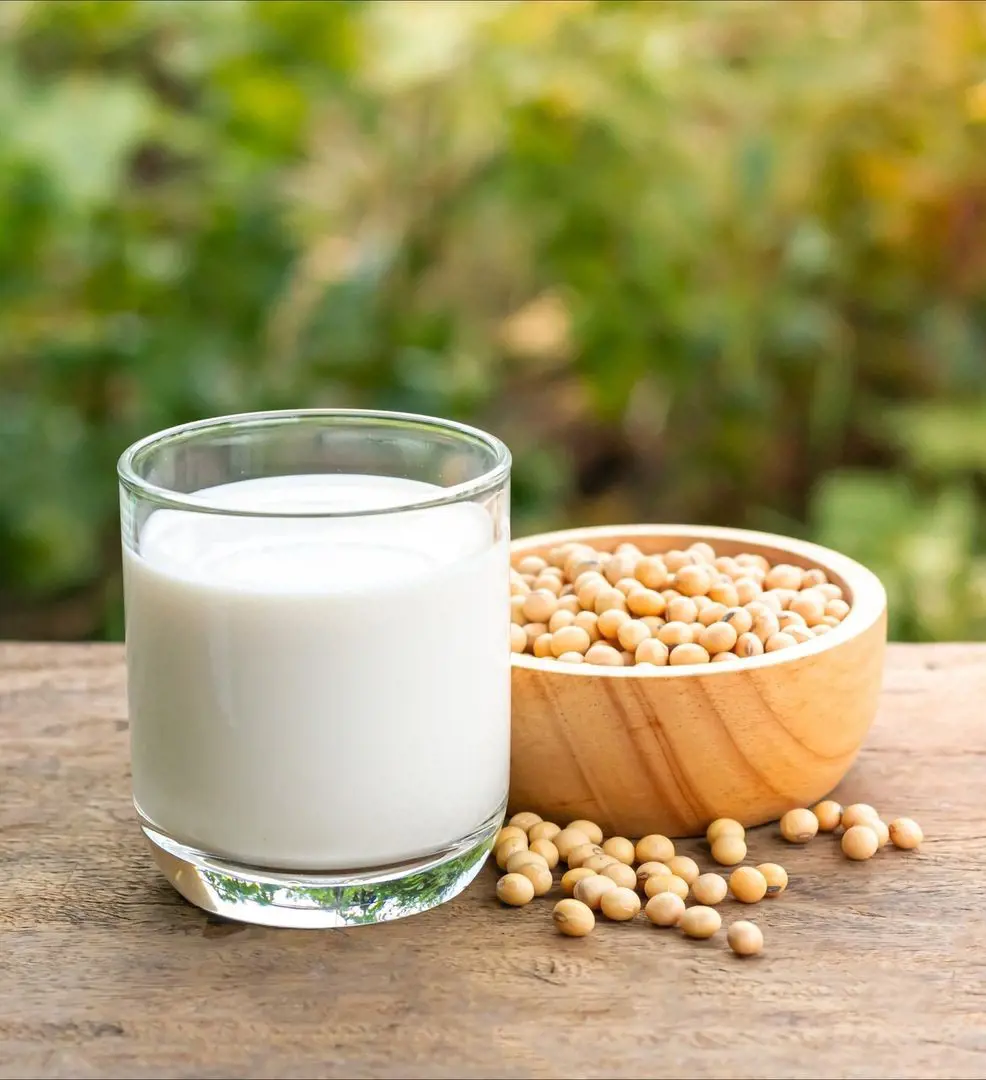
Soybean is a vegetarian option for Omega-3 fatty acids. They are an amazing source of fiber and vegetable protein. Soybeans are also a good source of some other nutrients such as riboflavin, folate, vitamin K, magnesium, and potassium. Soybeans are rich in Omega-6 fatty acids.
The present study shows that it has many health benefits such as reducing the risk of cardiovascular disease. 100 grams of soybean contains 1,440 milligrams of Omega-3.
13. Algae
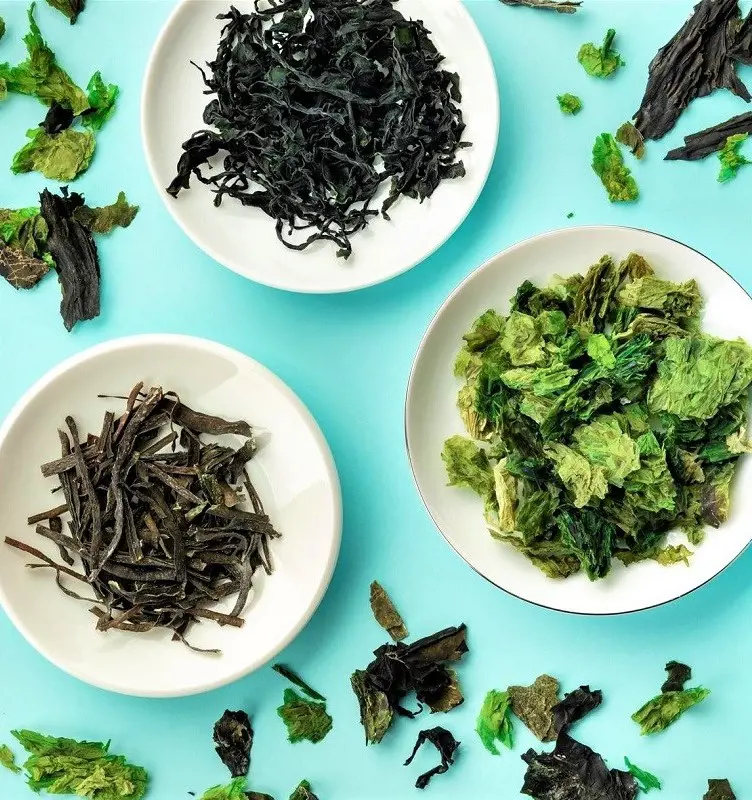
Algae is another amazing plant-based food that contains ALA omega-3 fatty acids. It is a known dish in Asian culture. Different types of algae such as nori, seaweed, and chlorella are consumed widely throughout for their benefits.
Seaweed has anti-diabetic, anti-hypertensive, and antioxidant aspects that make it an excellent choice to treat thyroid. Apart from this, seaweed, a kind of algae is also abundant in vitamins A, D, and C.
14. Purslane
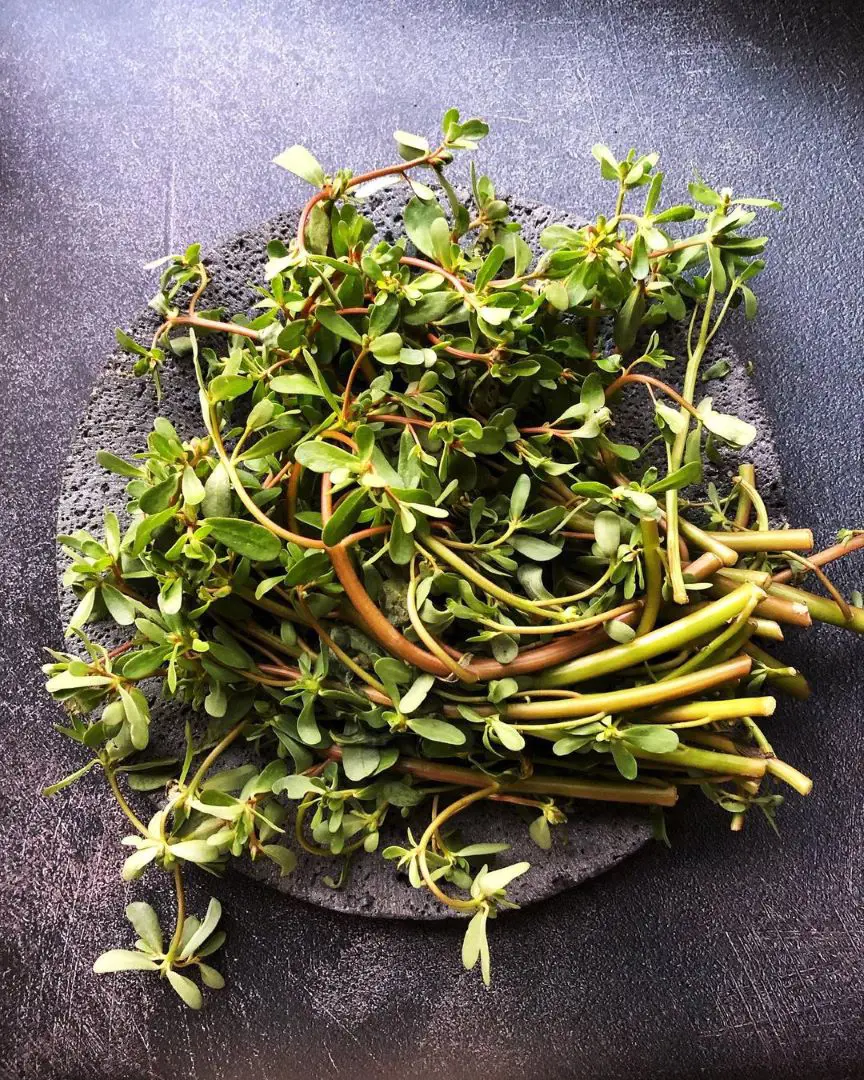
Purslane is one of the best vegan-based omega-3 foods that has about five times more omega-3 fatty acids than spinach. Purslane is the green leafy vegetable with the richest omega-3 fatty acid in a plant. 100 grams of fresh purslane leaves contain 300-400 milligrams of Omega-3.
Purslane is rich in other minerals as well and is beneficial in controlling cardiovascular disease, cancer, and many other chronic diseases and other human conditions.
15. Hemp Seeds
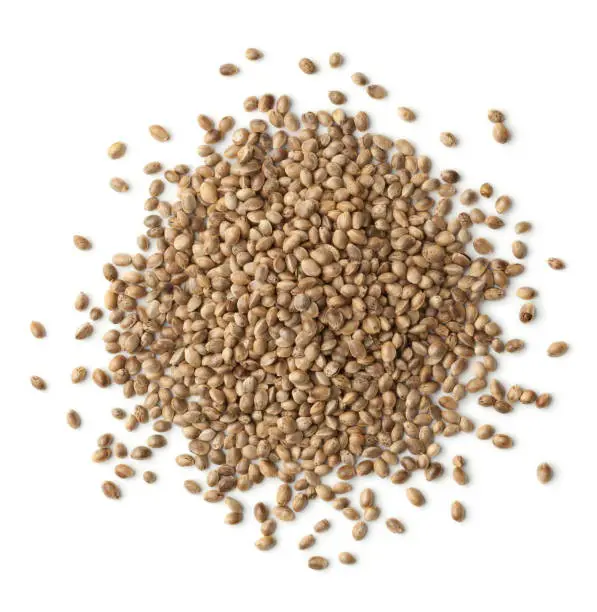
Hemp seeds include immense protein, omega-3 fatty acids, and fiber. They are also a healthy source of vitamin E, and various minerals, including calcium, iron, magnesium, potassium, and zinc. They are a plant-based protein source with many health benefits.
They have a mild, nutty flavor and are termed hemp hearts. They contain over 30% fat rich in ALA omega-3 acid.
16. Halibut

Halibut is a nutritious luxury fish with great taste, that is firm and creamy. Usually, this fish is baked or grilled. Halibut is not only rich in nutrition but it is also rich in taste. They are flatfish loaded with micronutrients such as Niacin, Phosphorus, magnesium, Vitamin B12, and others.
They are a good source of protein are good for heart health, and help fight inflammation. One serving of halibut fish contains 740 milligrams of omega-3 fatty acid.
17. Trout

Trouts are classified as oily fish with many nutritional value for human health. Often, trout and salmon are considered the same fish due to their taste and appearance. However, the difference lies in the surroundings these fishes reside. Trout live in freshwater whereas Salmon live in saltwater.
Trouts are a rich source of omega-3, protein, and minerals such as calcium, zinc, potassium, phosphorus, and magnesium. 100 grams of trout fish contains 1,370 milligrams of omega-3 fatty acid.
18. Tuna

Tuna is a saltwater fish belonging to the Thunnini tribe. It is one of the most widely eaten fish in the world. It is considered the greatest dietary source of vitamin D.
Yellowfin Tuna is low in calories and high in fiber. It is also a great source of potassium, which helps to reduce high blood pressure. Apart from that, it includes nutrients such as selenium, manganese, vitamin C, and zinc. 100 gm of Albacore tuna contains 3,050 mg of omega-3 fatty acid.
19. Brussels Sprout

Brussels Sprout is another excellent source of omega-3 fatty acids. Apart from being a rich source of vitamin K, vitamin C, and fiber, the omega-3 content present in this vegetable is linked with many health benefits.
78 grams of cooked Brussels sprouts contain 135 milligrams of omega-3 fatty acid. Regular intake of cruciferous vegetables is known to lower the risk of heart disease. You can consume them after cooking or simply as a salad.
20. Winter Squash

Winter Squash is a fruit with several species including butternut squash, spaghetti squash, and pumpkin. Squash provides vitamins A and C, antioxidants, fiber, potassium, and omega-3 fatty acids. Omega 3 is received in the form of ALA. One cup of boiled winter squash contains 340 milligrams of omega-3 fats.
Squash helps prevent chronic diseases, maintains bone health, helps in blood circulation, keeps skin healthy, protects eyes, and many other benefits.
Recent posts
Nutrition
Nutrition
Liquorice Root: Benefits And Uses
You can spell it liquorice or licorice; this herb or root has been in use for centuries in most medicinal applications, as a natural sweetener and to enhance flavors. Regarding its origins, it comes from the root of the "Glycyrrhiza galbre" plant and...
Nutrition
Is Ramen Healthy? Here's What Dietician Says
Ramen is a traditional dish from Japan that in the recent era has become a global phenomenon. This beloved and comforting soupy dish however has been questioned, when it comes to its nutrition. Best for those looking for a quick (instant), affo...
Nutrition
Is Wheat Bread Healthy? An Expert Picks
Wheat bread has been proudly celebrated as a dietary staple in countless homes for as long as people can remember. It has earned a reputation as a healthier alternative to white or any other processed bread, that no one can deny. Because of its evide...
Nutrition
Is Sausages Healthy? Nutrition And Health Benefits
Sausages are tasty in an addictive way, making them one of the most popular foods worldwide. You may have enjoyed this convenient food often, whether on a bun with mustard or grilled on a barbecue, the simple preparation methods are what makes its co...
Nutrition
Ice Cream Benefits: Nutrition, Potential Risks And Best Choices
Not gonna lie, ice cream is often taken as a guilty pleasure treat, a delightful treat that takes you to cloud nine but is frequently associated with negative health implications. Nonetheless, the happy news is when devoured mindfully, ice cream can ...
Nutrition
Is Sushi Healthy? Some Good and Bad Choices
Sushi is a wholesome meal and a beloved Japanese dish. The traditional sushi recipe is a simple combination of fresh fish, vegetables, and vinegared rice which is popular for its minimalistic preparation. As with any food, there are factors that dete...
